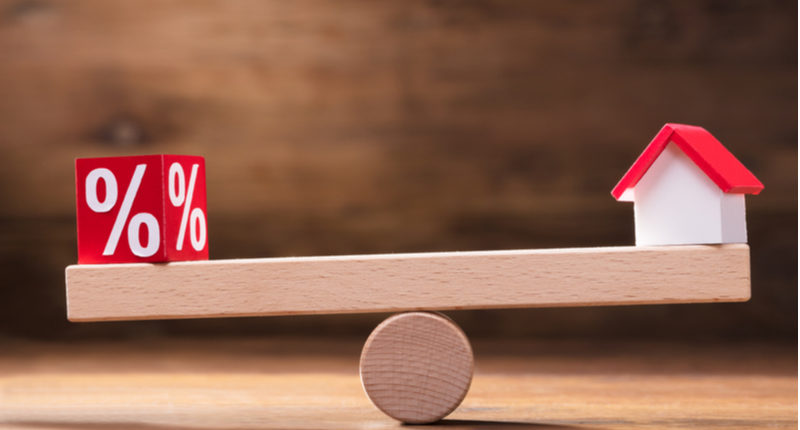- The cash rate is now 30 basis points above its pre-Covid average
- Households are continuing to tighten their belt to meet not just higher repayments but higher cost of living in general
- Mortgage arrears are unlikely, says Tim Lawless of CoreLogic
As the Reserve Bank of Australia (RBA) has continued to push interest rates higher, the cash rate now sits at 30 basis points above the pre-Covid decade average, and its highest level since April 2013.
CoreLogic analysis has argued that households were then far less sensitive to the cost of debt when interest rates were previously this high, with the ratio of housing debt to annualised disposable debt income roughly 17% lower than it was in June 2022.
The cumulative 2.75% rise through the tightening cycle has added around $1,079 to monthly mortgage repayments based on a $750,000 30-year loan. To put this into perspective, last year APRA tightened the serviceability buffer that borrowers are assessed from 2% above their interest rate to 3%.
Property values have also declined, falling by about $500 million from their peak earlier in the year.
“November’s rate hike may leave some recent borrowers approaching uncharted waters with regards to their ability to service their loan; a situation made harder due to persistently high cost of living pressures that were unlikely to be factors at the time of origination,” said Tim Lawless, executive research director at CoreLogic.

Mortgage arrears unlikely
Despite the rising cost of living, unemployment is currently around generational low levels, and is forecast to remain at this level for some time.
“It is unlikely mortgage arrears will rise materially despite the higher cost of debt and high inflation,” he added.
“However, it is likely borrowers will pull back on non-discretionary elements of their spending in order to maintain their debt repayment obligations and pay for essentials like food, fuel and utilities.”
Although interest rates are currently rising at their fastest level since the 1990s, Mr Lawless noted that there aren’t any signs of panicked selling or forced sales, based on Corelogic’s data.
“In fact, the flow of new listings remains substantially below what they would usually be for this time of the year.
“The RBA notes interest rates are likely to rise further from here. With a higher cost of debt, the outlook for housing values and property market activity remains skewed to the downside.
“Although the rate of decline in housing values has eased in some cities over recent months, we are expecting housing values to continue to trend lower until interest rates find a ceiling.”








